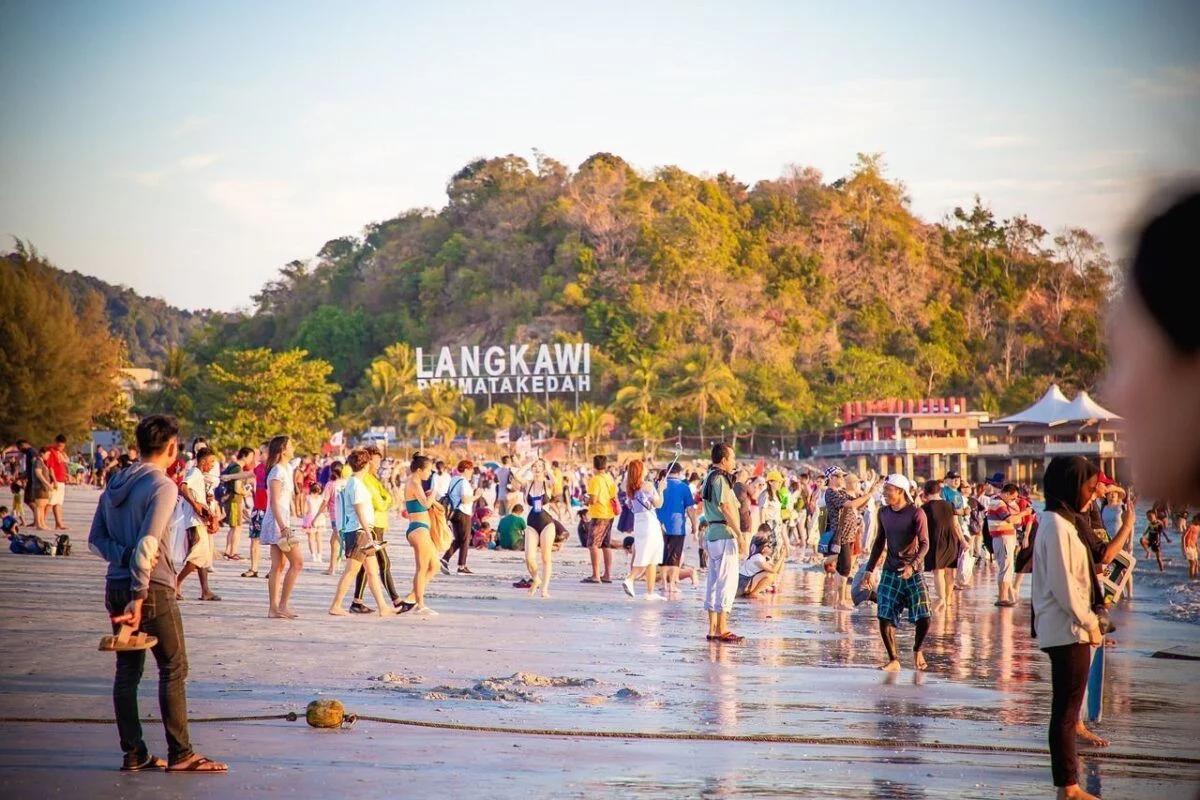In a seismic shift that’s reshaping Southeast Asia’s tourism landscape, Malaysia has officially snatched Thailand’s long-held crown as the most visited country by Chinese tourists in 2025. The unexpected tourism coup reveals how quickly travel preferences can evolve in one of the world’s most competitive regions.

Thailand, once the undisputed heavyweight champion of Chinese tourism, is watching its visitor numbers plummet. In Q1 2025, Thailand hosted approximately 1.3 million Chinese tourists, contributing to a dramatic decline from 11 million Chinese visitors in 2019 to less than 2 million in the first five months of 2025. Industry experts predict Chinese arrivals will fall below 5 million for the year, a devastating blow for a country that once ruled Southeast Asian tourism.
The kingdom’s tourism authorities are scrambling to understand why their beaches, temples, and legendary nightlife have lost their magnetic pull. Growing security concerns among Chinese travelers, including high-profile incidents of shootings and kidnappings, combined with fierce competition from neighboring countries, have contributed to Thailand’s sudden tourism decline.

Meanwhile, Malaysia has executed what amounts to a masterclass in tourism development. The country welcomed 1.12 million Chinese visitors in Q1 2025 alone, part of a remarkable surge that helped Malaysia attract 10.1 million total international tourists, making it Southeast Asia’s most-visited country.
The cornerstone of Malaysia’s success? A visa-free entry policy has been extended for Chinese tourists until December 2026, with a potential extension to 2036. This move alone eliminated a significant barrier that Thailand still maintains.
But Malaysia didn’t stop there. The country dramatically expanded direct flights from Chinese cities, with new routes from Chengdu via Sichuan Airlines, Haikou through Hainan Airlines, and Shanghai via Juneyao Airlines, making the destination more accessible than ever before.

Malaysia’s tourism authorities have also focused on cultural accessibility tailored specifically to Chinese travelers’ preferences. The country has deployed Mandarin-speaking staff across hotels and tourist facilities, while promoting its rich cultural heritage and diverse landscapes to create an environment where Chinese visitors feel both welcomed and understood.
Malaysia’s strategic positioning has paid off spectacularly, with the country now targeting 7 million Chinese tourists by 2026—a goal that seems increasingly achievable given current trends.
The stark contrast in performance is undeniable:
- Malaysia Q1 2025: 1.12 million Chinese visitors (22% increase year-over-year)
- Thailand Q1 2025: 1.3 million Chinese visitors (32.71% decline year-over-year)
- Malaysia total Q1 2025: 10.1 million international tourists (Southeast Asia’s #1)
- Thailand total Q1 2025: 9.5 million international tourists

As Thailand contemplates how to reclaim its former glory, Malaysia‘s tourism triumph serves as a powerful reminder that in the competitive world of international tourism, adaptation isn’t just beneficial—it’s essential for survival. The shift represents more than just numbers; it’s a fundamental realignment of Southeast Asian tourism dynamics that could reshape the region’s travel landscape for years to come.
Cover image via China Daily.
















